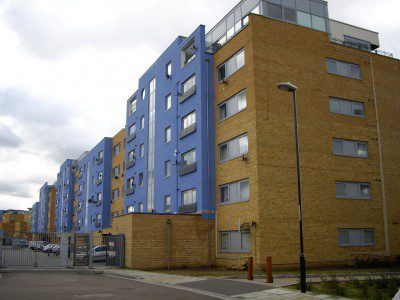
More work to be done to improve housing standards
According to the most recent government figures, the rise in the number of households residing within the Private Rented Sector has not resulted in a drop in the quality of housing stock.
The English Housing Survey 2018-19, published in January, shows an increase of approximately 100,000 households compared with the previous survey in 2017-2018.
Still work to be done
Despite the news that standards have not slipped, the PRS accounted for the highest proportion of non-decent homes, according to the survey. A quarter of homes in the PRS did not meet the Decent Homes Standard, compared to 17% of owner-occupied properties and 12% of social rented homes. The EHS also found that 14% of PRS properties had Housing Health and Safety Rating System Category 1 hazards, which are deemed a serious and immediate risk to a person’s health and safety. However, this is a marked decrease in the 33% of reported properties with Category 1 hazards reported in 2008.
Neil Cobbold, Chief Sales Officer at PayProp, comments: “The government has done a lot over recent years to regulate the industry and the English Housing Survey shows this. While there has been an increase in the number of people living in private rented accommodation, there has not been a fall in standards. However, the industry can still help to raise housing standards within the sector.”
Standards must rise in line with tenant expectations
These days, the PRS is made up of a more varied cross-section of society and is no longer solely considered as a short-term fix for people waiting to buy a home. This is evidenced by the EHS findings that the proportion of 25-34 year-olds living in the PRS dropped to 41% from 48% in 2013-14. During the same period, the proportion of this age group who own properties has recovered to 41%, but remains some way off its peak of 59% recorded in 2003-04.
Meanwhile, the proportion of 55-64 years olds living in the PRS climbed to 10% in 2018-19, up from 7% in 2008-09. The proportion of PRS households with children has also increased – up to 37% in 2018-19 from 30% in 2008-09, equivalent to a rise of around 765,000 households.
According to the EHS, the average PRS tenancy was 4.4 years long in 2018-19, with 28% of people living in the sector having done so for 10 years or more.
Neil explains: “A more varied PRS makeup, alongside people staying in rental homes for longer means expectations, have risen, particularly when people are moving to the PRS from other sectors where there appear to be fewer issues with the quality of housing.
“If homes are of a better standard in other sectors, this could discourage people from living in the PRS and be detrimental to the growth of the market.”
Further regulation can help to improve the quality of homes
Effective regulation can contribute towards improving standards and professionalism in the PRS, making sure this is reflected in the standard of properties in the private rental sector, says PayProp.
Cobbold adds: “Initiatives like the Regulation of Property Agents (ROPA) will help on the agent side, while it has been hinted that landlords could eventually be regulated and there have been plans to make it a requirement for them to join a redress scheme for a while now.
“Additional pieces of PRS legislation such as mandatory electrical checks – coming into force this July – and tightened energy efficiency rules may also help towards higher rental property standards.
“Some criminal operators will continue to flout rules no matter how regulated the market is. It’s therefore important for agents and landlords to flag these operators to the authorities and for the government to do all it can to ensure local authorities and trading standards teams have the necessary resources to clamp down on those breaking the law.”


If you have any comments, please email the author of this article and click on the link above